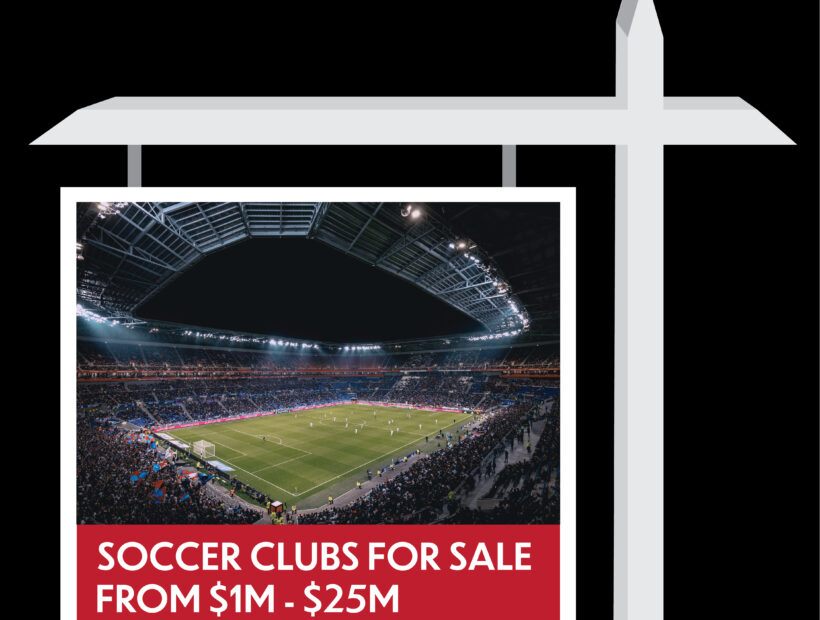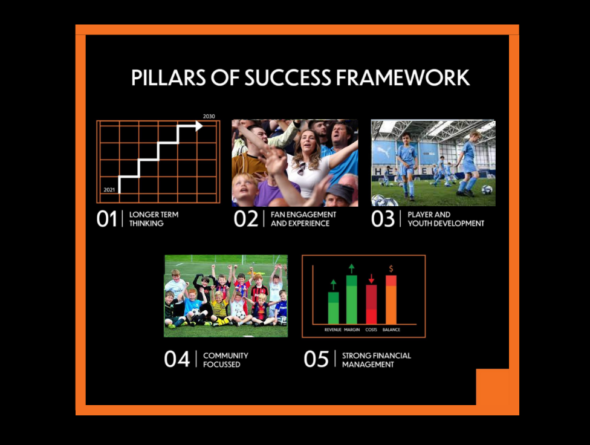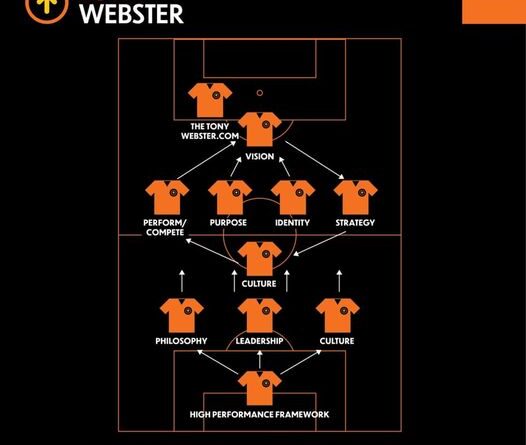SOCCER CLUBS FOR SALE – $1m – $25m, BUT WHICH ONE TO BUY?
The Covid-19 pandemic has had a huge impact and has created financial strain for English football clubs, especially those from the Championship down through EFL 1 & 2 and into the National League. This, combined with the increasing interest from investors, in particular from the U.S., will mean the next 12 to 18 months will be very interesting to watch in the English football world.
American interest in football is high with 16 English clubs already having either American owners or minority shareholders, eight in the Premier League, five in the Championship, two in EFL1 and one in EFL 2. The reasoning behind this interest in clear – soccer in the U.S. is growing exponentially, with grassroots soccer booming, college games regularly attracting 30,000+ crowds and the MLS beginning to take off with new franchisees coming in. The consensus is that soccer will soon overtake the NHL and potentially within a few years overtake MLB, which is phenomenal in terms of its growth. But what does this mean for English football?
It is becoming clear that many clubs will not survive the impact of the pandemic with some clubs in the National League already unable to fulfil fixtures due to lack of funding. This is likely to result in distressed sales, with buyers waiting for prices to drop and come in at absolute rock bottom. That is understandable, but actually, investors should not take this blanket approach and should be looking at individual situations and circumstances.
Talking with a number of potential buyers over recent months, the general feeling is to wait until the end of the season. Again, this is understandable, but given that it takes 2 to 3 months to get a deal completed from agreeing terms to taking over, this approach seems a little naïve. If a buyer were to wait until the end of the season, they would (most likely) be taking over as the next season starts or is already underway, which is never a good time.
If you are looking to buy or invest into the business of football, now is the smart time to be doing so given the timeframe. Starting negotiations now means you could agree a deal in a few weeks’ time, complete the due diligence and compliance requirements and be in position 2 to 3 months from now. This would take you to the end of May, which would be perfect timing to give you the maximum benefit of the preseason period and allows preparation to be at its best for the forthcoming season. The marginal cost benefit of waiting is negligible and in some cases the price to buy will increase if the target club is promoted.
Not only is the timing important, it is also about finding the right club. Investors need to be very clear on the purpose of their investment, what they hope to achieve in terms of success and what the business plan looks like. Once this is known, an ideal club criteria and requirements of the target club can be defined, which may generate a wide spectrum of investment opportunities. Recently we have seen ALK Capital invest $235m into Burnley FC in the Premier League and Hollywood stars commit $2.6m to Wrexham FC in the National League. Clubs at the opposite ends of the football pyramid and will have different success factors in the expectations.
So what does this criteria look like? Working closely with my colleague Rob McDonald, a former player and football advisor based in Holland, and we believe the real value is lower down the English leagues and across Europe.
We believe there are four key, preferred elements for target clubs:
- A good stadium & capacity
- Large local population and catchment
- A one club city or town
- History of player and Academy youth development
With our contacts and in-depth knowledge of European soccer, we have identified a number of clubs in England and across Europe, ranging from $1m – $25m initial investment levels, that meet these criteria. Of course, asking prices vary and as with any business acquisition, it is not straightforward and proper due diligence should be undertaken. There are a number of factors to consider beyond the obvious, such as liabilities, eg; contractual obligations, and assets in terms of receivables, to name a few. These factors affect the purchase price, and even then, the agreed price is rarely one single number and instead, is usually a combination of an initial payment, a fixed deferred payment or future contingent payments depending on success. In the current climate, any sensible owner looking to exit will be realistic in their deal structure expectations for them to be able to exit their ownership.
Details aside, it is clear that now is without doubt the time to be buying. There is huge potential in a number of clubs, with immense opportunity to invest and to run these clubs smarter and more efficiently. With the right advice, a smart criteria and understanding of the local culture a deal can be done quickly.



